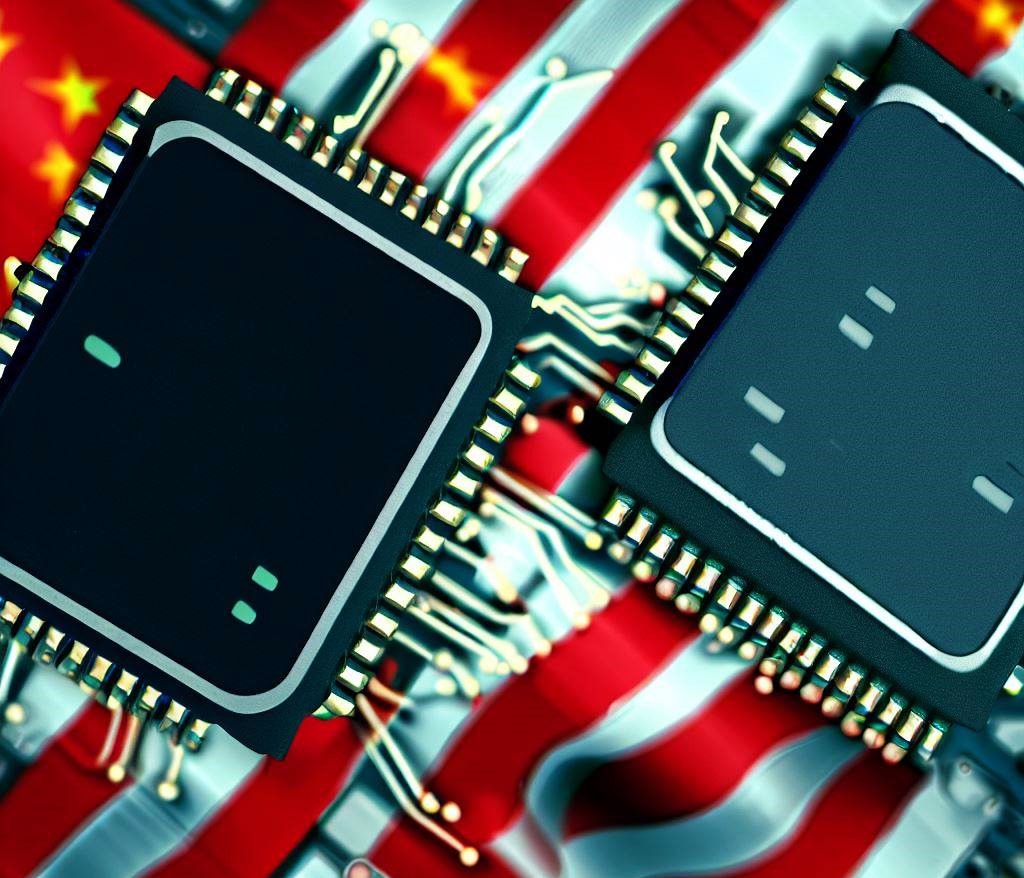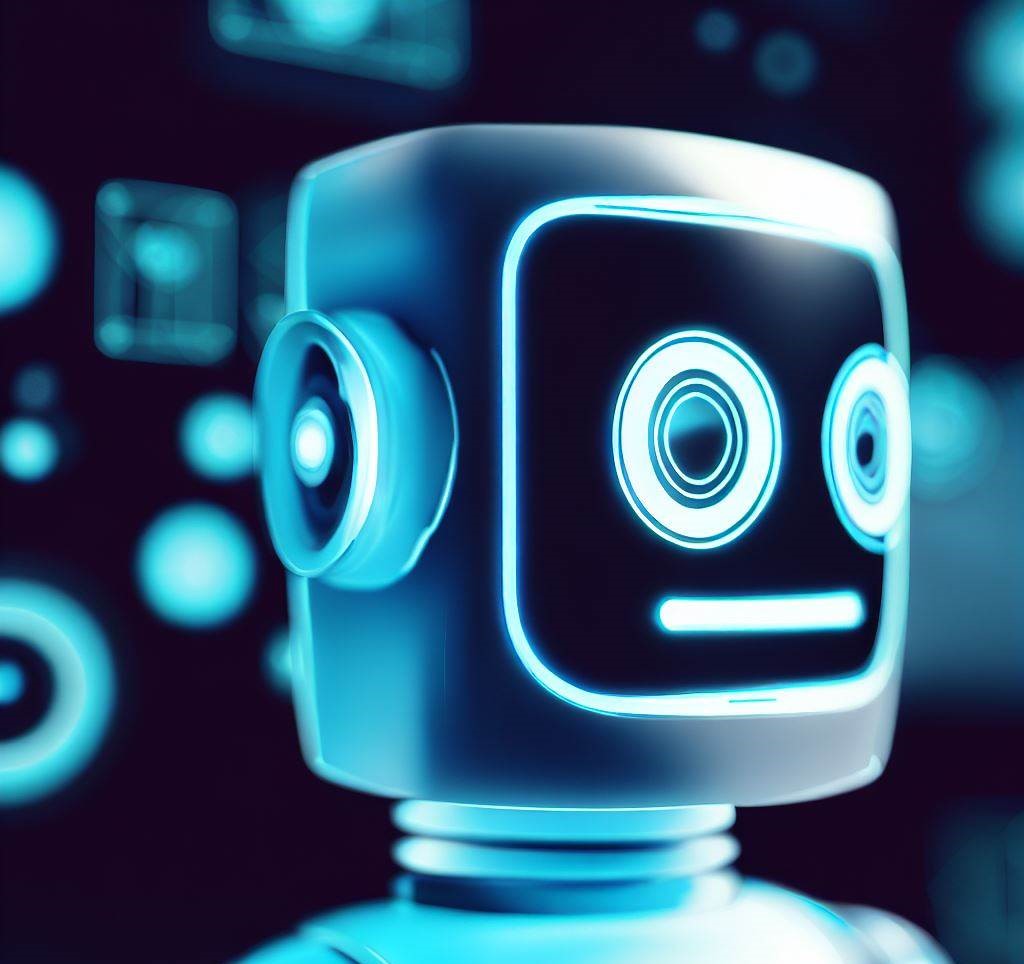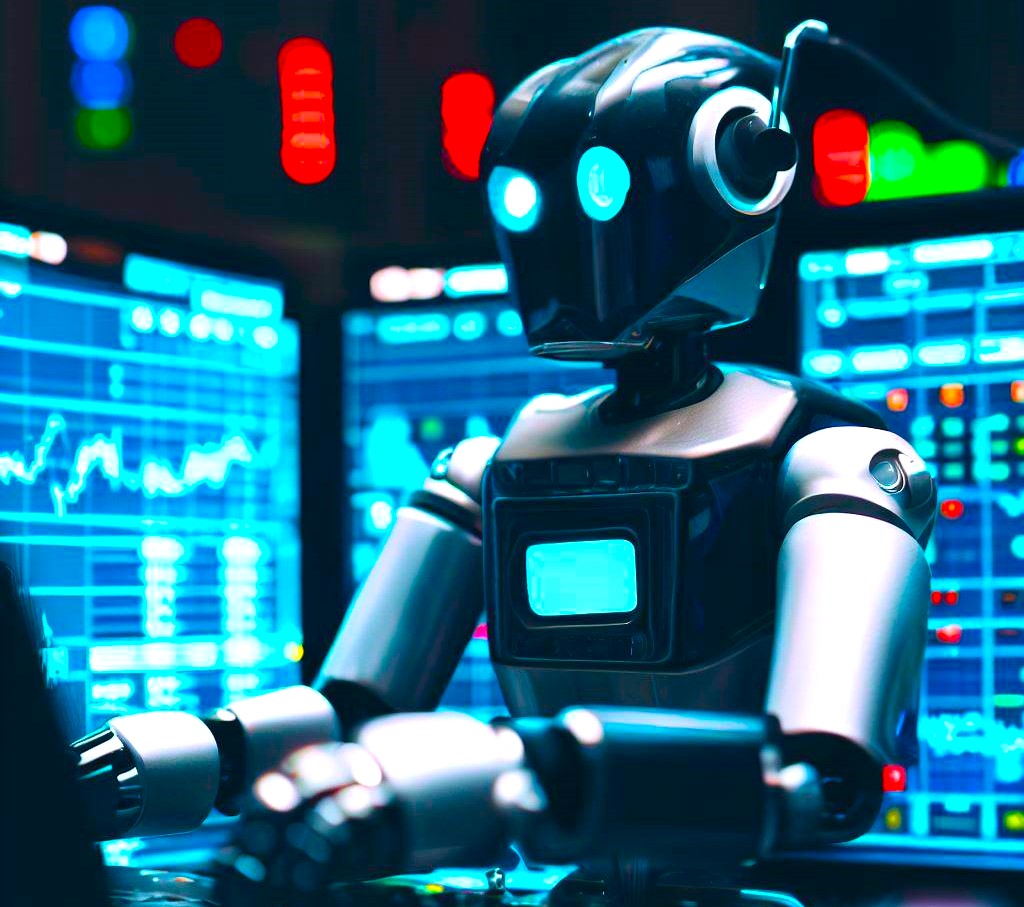The entrepreneur
Elon Musk, the billionaire entrepreneur behind Tesla, SpaceX and Neuralink, has revealed his latest venture: xAI, a new artificial intelligence company that aims to “understand the true nature of the universe”.
Musk announced the formation of xAI on Wednesday on Twitter and on the company’s official website, which features a minimalist design and a brief introduction.
Link to website: xAI: Understand the Universe
To understand the universe – a big task
“Today we announce the formation of xAI,” the website states. “The goal of xAI is to understand the true nature of the universe.”
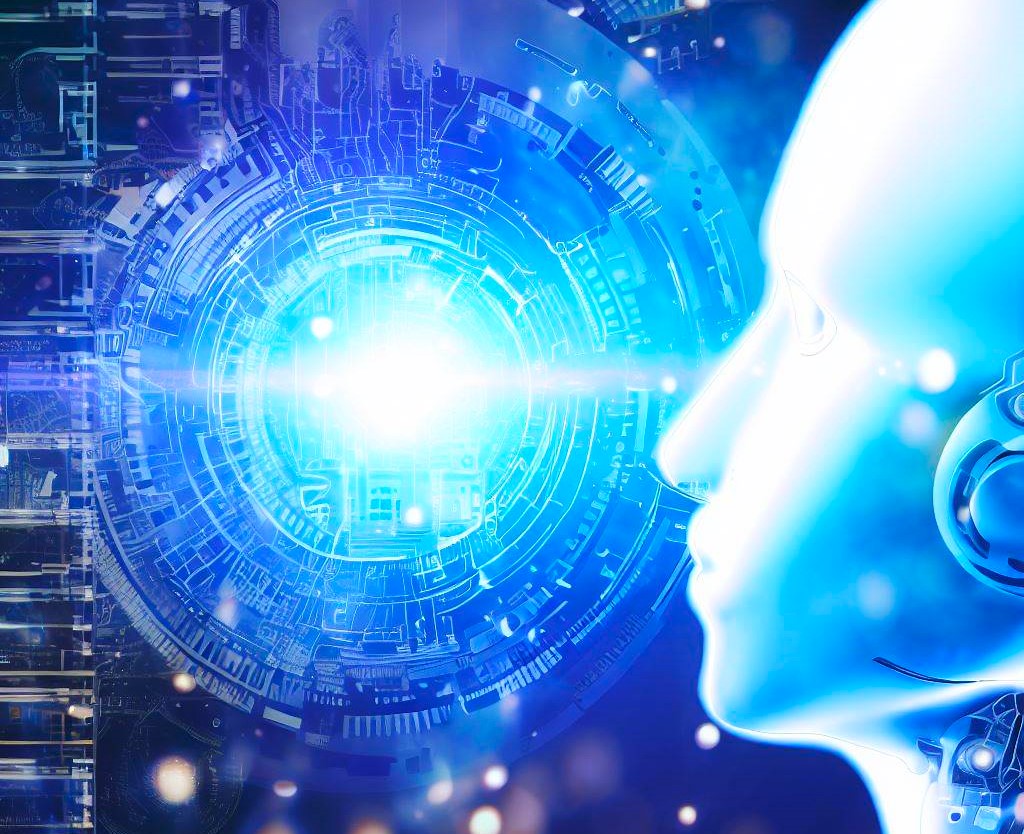
The website also lists 12 members of the xAI team, including Musk himself as the director. The team consists of researchers and engineers who have worked at leading AI firms such as Google’s DeepMind, OpenAI, Microsoft Research and Tesla.
Power
It was reported that xAI was incorporated in Nevada in June 2023 and Musk has purchased thousands of graphic processing units (GPUs) to power his AI vision. The company also has a Twitter account, @xAI, which has gained over 300,000 followers in less than a day.
Musk invited the public to ask questions about xAI on a Twitter Space – this was scheduled for 1h. July 2023. He has not provided any further details about the company’s mission, vision or products.
However, based on Musk’s previous comments and involvement in AI, it is likely that xAI will focus on developing artificial general intelligence (AGI), or human-level intelligence that can perform any task across any domain.
AI Critic
Musk has been a vocal critic of OpenAI, the AI research organization that he co-founded in 2015 but left in 2018. He has accused OpenAI of becoming too secretive, too commercial and too “woke”, especially after the launch of its popular chatbot ChatGPT.
Musk has also expressed his concerns about the potential dangers of AI, warning that it could pose an existential threat to humanity if not aligned with human values and goals. He has advocated for ethical and responsible development of AI, as well as global cooperation and regulation.
With xAI, Musk may be trying to create an alternative to OpenAI that is more aligned with his vision and values. He may also be aiming to achieve breakthroughs in AI that could benefit his other ventures, such as Tesla’s self-driving cars, SpaceX’s reusable rockets and Neuralink’s brain-computer interfaces.
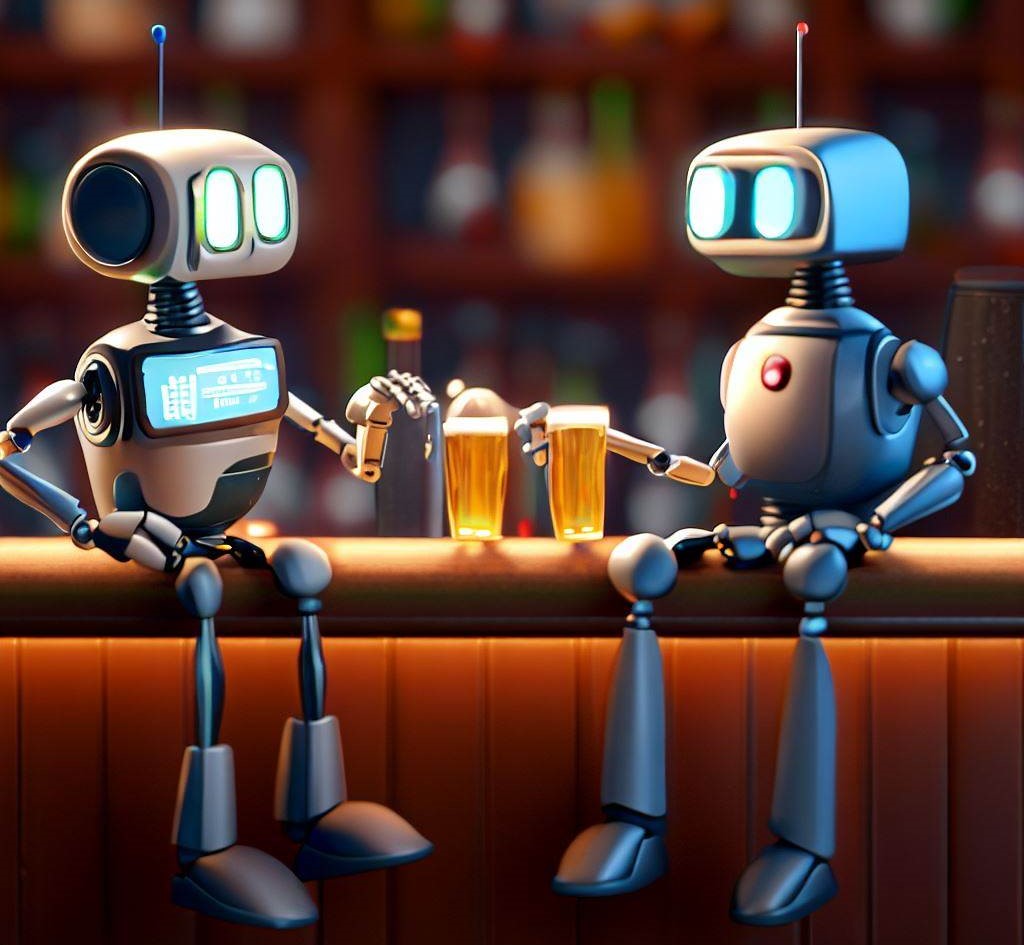
However, xAI will also face many challenges and uncertainties in its quest to understand reality. AI is a complex and rapidly evolving field that requires massive amounts of data, computing power and talent. It also raises many ethical, social and philosophical questions that are not easy to answer.
Moreover, xAI will have to compete with other established and emerging players in the AI space, such as Google, Facebook, Amazon, IBM, Microsoft and Meta. These companies have invested billions of dollars in AI research and development and have access to vast amounts of data and resources.
It remains to be seen whether xAI will be able to achieve its ambitious goal and how it will impact the AI industry and society at large.
As Musk himself tweeted: “The future is weird.”








